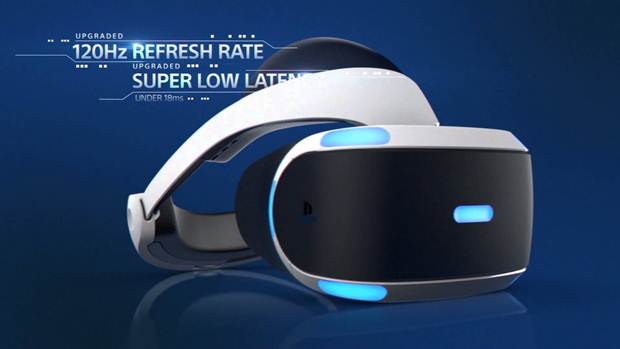The PlayStation VR’s price point at $399 was already a bit of a surprise to all of us- conditioned by the Oculus Rift and the HTC Vive, and their high end price points, we had probably all been expecting something a lot higher than the honestly reasonable price point that we got. But no, we got an honestly cheap proposition that has the best chance of breaking VR into the mainstream.
Of course, a lot of people wondered how this was possible- we already know the PlayStation VR is a pretty high end system, and Sony also confirmed that they were selling it for a profit, which meant that no corners were cut, and Sony were not subsidizing the device. So how, exactly, is it possible to sell the PlayStation VR at such a low cost, while making a profit, while providing a high end experience?
In a recent interview with Kinda Funny Games, Sony Worldwide Studios’ Shuhei Yoshida explained how Sony was able to accomplish all of its seemingly contradictory design goals.
Yoshida began by first explaining the overriding design goal that Sony’s engineers had when they were approaching the creation of the device.
“We wanted to make VR something that people, family and friends, can enjoy together in the same room,” Yoshida explained. “And Japan Studios proposed this idea of, if the PS4 could render two different images, one for the person wearing the headset, and another for the TV, so that other people can play games together with the person wearing the headset… we call it Social Screen, it’s a separate mode.
“And in order for us to do that, we needed to allocate resources, processing resources, on the PU, you know, the processing unit. And we can have two completely different images at the same time, so that we can do something like play with someone in VR. And that added costs to the system, but we believe that it is super important for VR to take off, for VR to be welcomed by people, and not just by core gamers, but by whole families.”
It was only after nailing down all their targeted features that Sony decided to look at selling the device at a reasonable cost.
“So that was the first thing we wanted to accomplish,” Yoshida continued. “And then, we looked at the cost, and we relied on our capable hardware team- they’ve been making hardware for the longest time, and we have resources at Sony to work with, to be able to create the system and source the high tech components for us to be able to sell at a reasonable price, our target price that we had in mind.
“But we didn’t want to lose money selling hardware, because we are a commercial company… but more importantly, if we are losing money selling hardware, then we cannot generate money to support software development, or provide assistance to consumers, or for promotions. We don’t have to make a lot of money from selling hardware, but we don’t want to put ourselves in a position to lose money by selling hardware, which would limit our other activities.
“So I am very relieved that we were able to accomplish all of this, and hopefully, that will help accelerate the adoption of this new exciting medium.”
I find Yoshida’s comment on losing money interesting, as it is definitely a departure from the loss leader mentality that used to characterize the Sony of old. Perhaps years of persistent losses, especially the horrifically massive ones incurred by the PlayStation 3, have led Sony to be more prudent with how they approach their finances.
Nonetheless, at the very least, we don’t have to worry about them having skimped out on costs just to make a few quick bucks- the PlayStation VR is definitely a high end device.
The PlayStation VR launches this October worldwide, for $399. A $499 bundle is also available, which comes with the PlayStation Camera, the PlayStation Move controllers, and a free bundled game.















